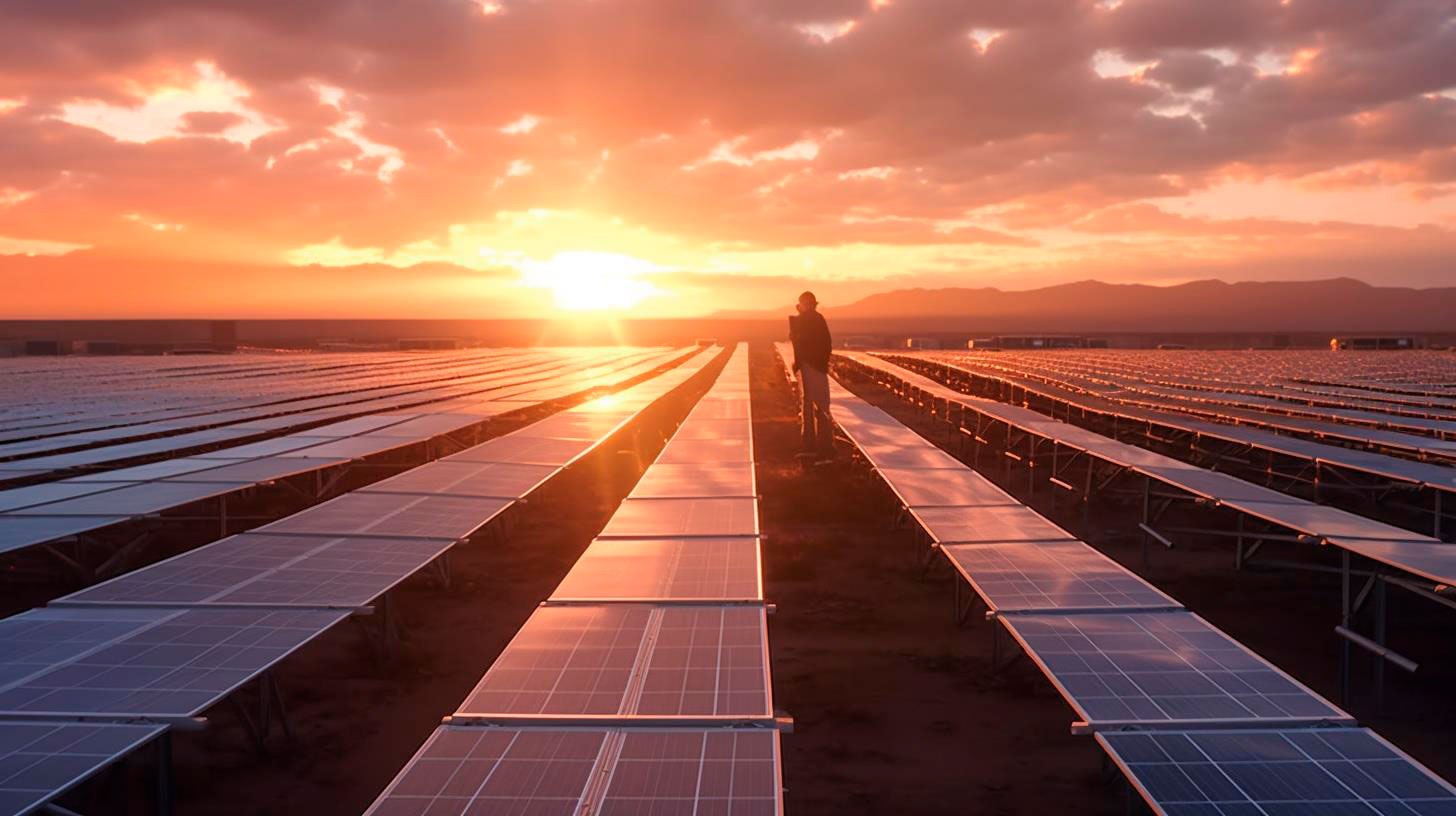Beyond Electricity Generation: Additional Applications of Wave Energy
In this article, we will explore some additional applications of wave energy and how they can contribute to a more sustainable future.
Purifying Drinking Water
Access to clean and safe drinking water is a fundamental human right. However, many regions around the world still lack proper drinking water infrastructure. Here is where wave energy can make a difference.
The concept of using wave energy for desalination has gained traction in recent years. By employing wave-powered pumps and filtration systems, seawater can be purified into drinking water without the need for conventional energy sources.
Key features and advantages of wave-powered water purification include:
- Wave energy is a renewable source, making it an environmentally friendly option.
- Wave-powered systems require minimal maintenance and can operate autonomously.
- Wave energy can be harnessed in coastal areas, which are often densely populated and in need of clean water sources.
According to the World Health Organization, approximately 785 million people worldwide lack basic drinking water services. By utilizing wave energy for water purification, we can address this pressing global issue and improve the quality of life for millions.
Rechargeable Ocean sensors
Monitoring the world’s oceans is crucial for understanding climate change, marine life, and various environmental factors. However, the deployment and maintenance of ocean sensors can be challenging, especially in remote and deep-sea regions.
Wave energy can power autonomous rechargeable sensors, allowing for continuous data collection without the need for external energy sources. These sensors can provide real-time information on water temperature, salinity, acidity, and other critical parameters.
Key takeaways from wave-powered ocean sensors include:
- Wave energy eliminates the need for frequent battery replacements or manual power supply in remote areas.
- Real-time data collection can provide valuable insights into ocean health, climate change, and marine ecosystems.
- Continuous monitoring helps identify potential risks and enables informed decision-making for coastal and marine resource management.
With our oceans facing unprecedented challenges, from rising temperatures to pollution, utilizing wave energy for autonomous sensors is a practical and efficient solution for monitoring marine environments.
Wave-Powered Aquaculture
Aquaculture, or fish farming, is an essential industry that helps meet the growing demand for seafood. However, traditional aquaculture methods can have negative environmental impacts, such as pollution and disease transmission.
Wave energy can revolutionize aquaculture by providing sustainable power for offshore fish farms. Wave-powered systems can support various operations, including oxygenation, water temperature regulation, and feed distribution.
Here are the key advantages of wave-powered aquaculture:
- Reduced reliance on fossil fuels and grid electricity, leading to lower carbon emissions.
- Wave energy systems are scalable and can be adapted to fit different farm sizes.
- Offshore placement minimizes the environmental impact on coastal ecosystems.
Aquaculture accounts for more than half of global seafood production. By integrating wave energy into fish farming practices, we can ensure a more sustainable and environmentally friendly future for this vital industry.
Wave energy holds tremendous potential beyond electricity generation. From providing clean drinking water to powering ocean sensors and revolutionizing aquaculture, this renewable resource can contribute to a greener, more sustainable future. By embracing innovative applications of wave energy, we can harness the power of the ocean to solve pressing global challenges in diverse sectors.
Sources:
